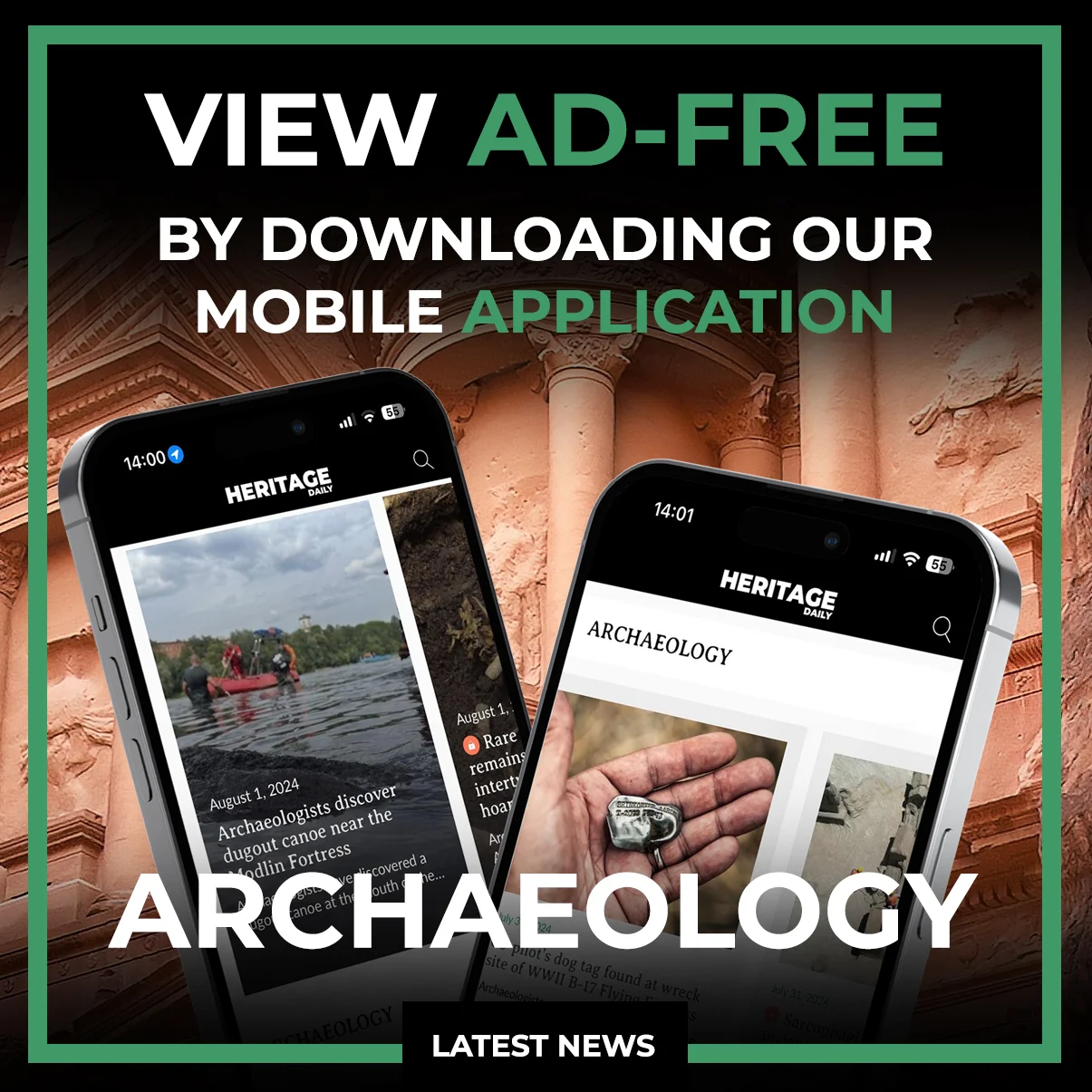Recent underwater surveys, led by the Superintendency of Archaeology, Fine Arts and Landscape for the Metropolitan Area of Naples, have discovered a submerged worked stone block resting on the seabed in the Blue Grotto.
The Blue Grotto is a sea cave on the coast of the island of Capri, famous for the blue glowing water created by sunlight that shines through the narrow arched entrance way and an underwater cavity.
The grotto measures 60 metres in length and 25 metres in width. The entrance is two meteres wide and approximately one metre high during low tide, allowing safe access only when tides are low and the sea is calm.
During antiquity, the grotto served as Emperor Tiberius’s private swimming spot (reigning from AD 14 to 37). He commissioned the construction of an Imperial nymphaeum within the cave, adorned with various statues, including depictions of the Roman gods.

Underwater excavations during the 1960’s, found three statues of the Roman sea gods, Neptune and Triton, which are now on display at a museum in Anacapri. Seven bases of statues were also recovered from the grotto floor in 2009.
The nymphaeum is also linked with the Villa di Gradola, situated directly above the Blue Grotto. This villa is believed to be one of the twelve villas of Tiberius on the island, as documented by the Roman historian Tacitus.
In a press announcement by the Superintendency of Archaeology, Fine Arts, and Landscape for the Metropolitan Area of Naples, archaeologists have identified a worked stone block at a depth of 3 metres beneath the water surface, suggested to be a sculptural furnishing of the imperial nymphaeum.
Using balloons, divers carefully maneuvered the stone block through the cave opening, which has been sent to the port of Capri for further study.
Header Image Credit : Shutterstock





